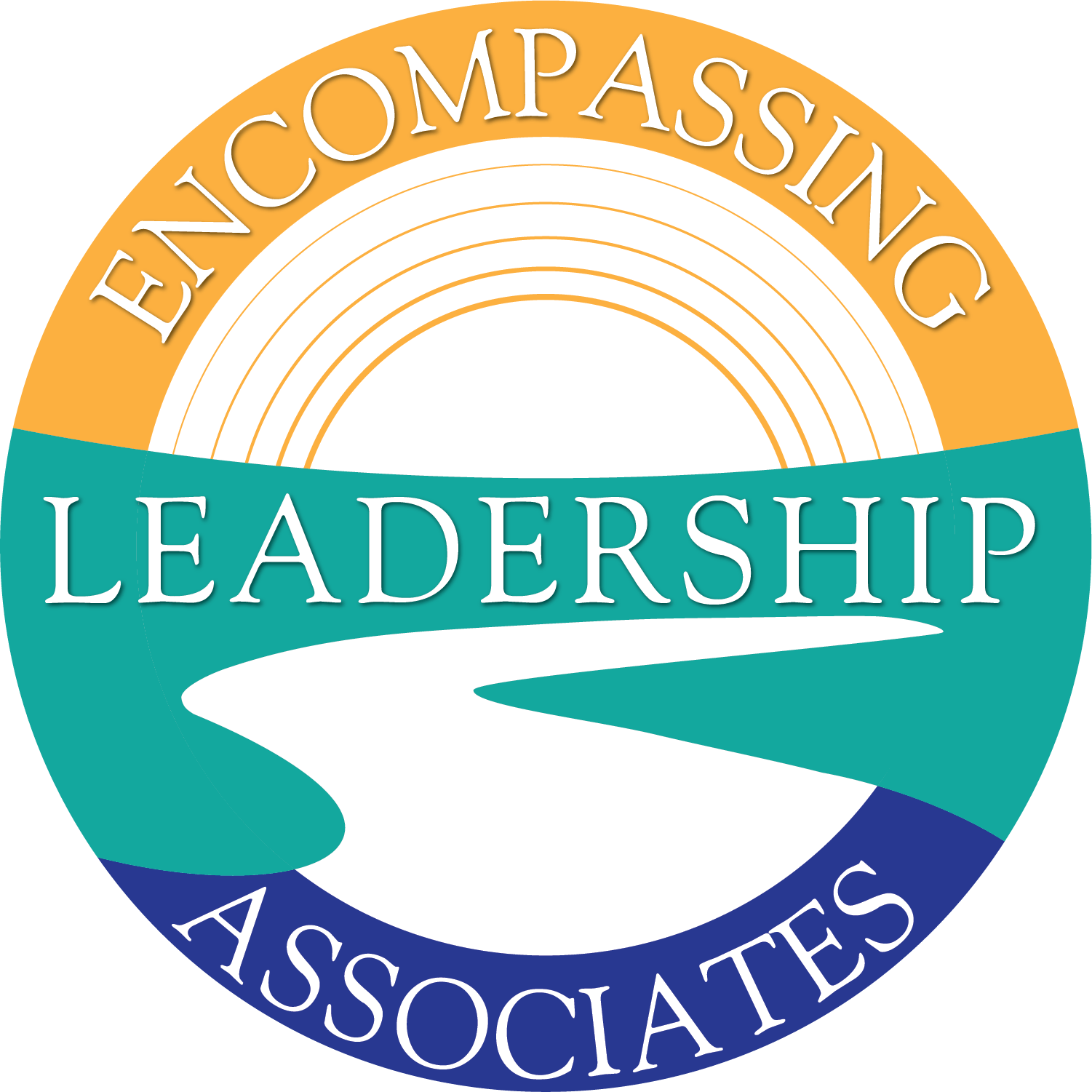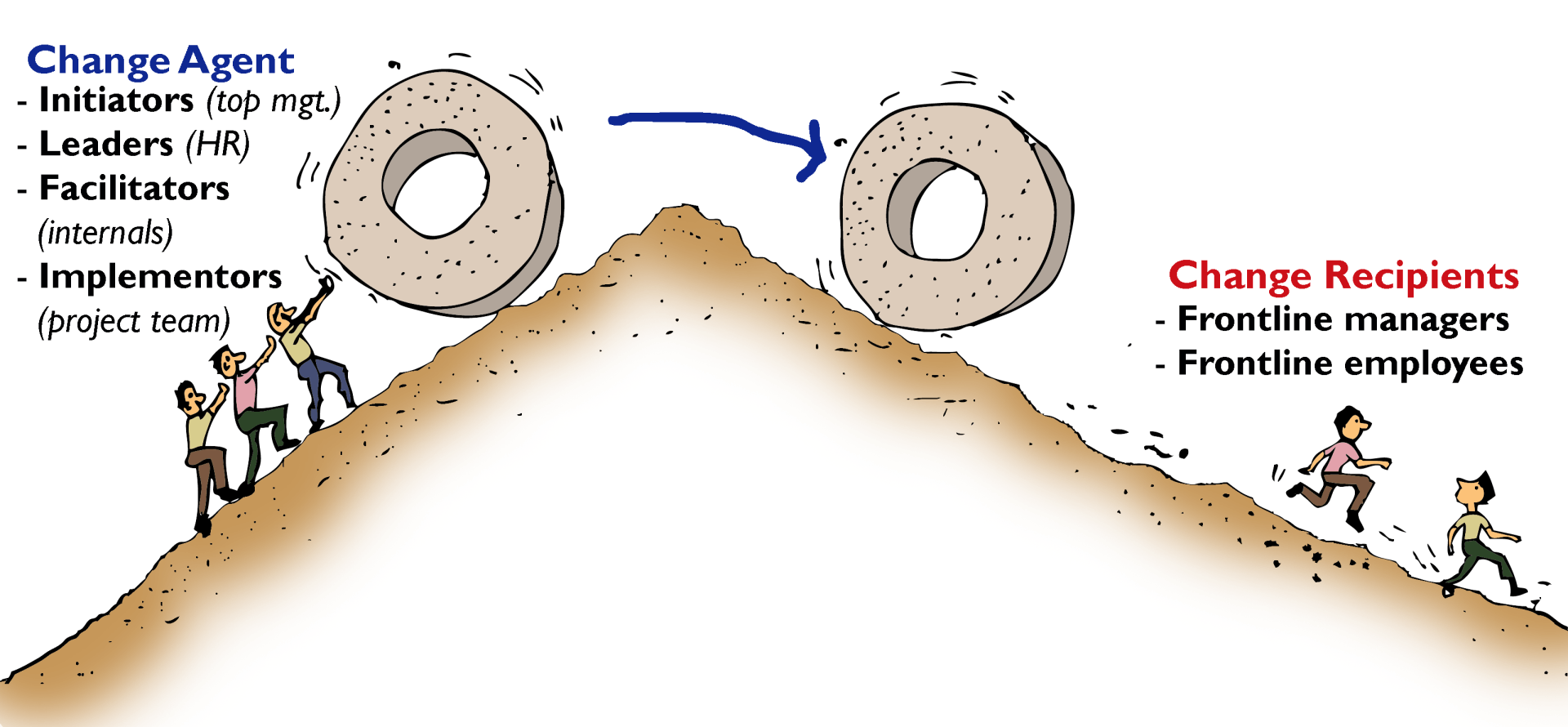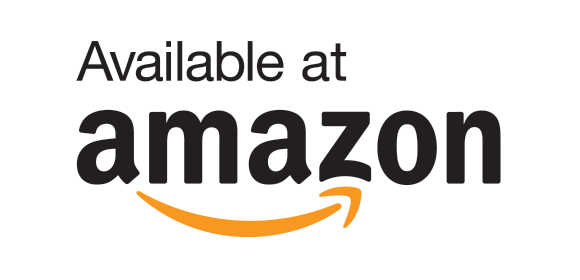The One Thing You Can Do to Ensure Successful Change Management
Change results in questions. People ask when are things going to stop changing. The answer is never – change is constant. People want to know the reasons behind change. Ideally, change is being undertaken to improve customer and employee outcomes and experiences. People wonder why they did not know more about upcoming changes. Too often in change management, key constituents are left out of the change process or involved only as an afterthought. Conducting change initiatives without sufficient representation is like trying to arrange a classical orchestra without strings or manage a baseball team without an infield.
The traditional agents of the change process – leadership, strategic planners, HR, and IT – experience and contemplate change for an extended period. This extended relationship facilitates understanding and acceptance. Seldom do the frontline employees get the same amount of time and information in their change experience. As with the change agents, frontline users need time to process prospective change and sometimes even grieve in order to accept and embrace change.
As much as possible, those impacted by any change initiative process should participate at the outset. Consider two examples, one in the IT domain and another involving mergers, each with favorable and unfavorable outcomes. Corporate IT was implementing an overall system that would better serve clients, yet eliminate a number of high functioning standalone department centric IT applications. One location was not sufficiently involved in IT system design and implementation planning. Another location participated fully from beginning to end in the IT change process. In the former, there was great anger and resistance while in the latter there was a smooth adoption of the system product. In the merger scenario, two approaches were also applied. At the first facility, the change was handed to the staff with an accompanying message that the merger initiative was being undertaken due to their poor performance. But at the second site, leaders and staff from both companies took time to establish relationships, understand nuance, and learn from one another. Guess which merger site took years to resolve bad feelings and reach performance targets? And guess which merger thrived?
Inclusive change management results in a number of positive outcomes. First, there is a greater chance of understanding and acceptance regarding the need for and benefits of change. Next, there is essential input that can lead to a smoother change process and optimal products. There is the shared experience of resolving a challenge, a powerful way to bring all together in a more lasting bond. Finally, trust and ongoing engagement for day to day operations and future change is established. Being an architect of one’s destiny brings a degree of control to our lives; a prime correlate to job satisfaction and retention. Consider your current change efforts and where you can bring in others. Going forward, involve stakeholders early, genuinely, respectfully, and thoroughly when contemplating change.
Articles from Encompassing Leadership Associates






